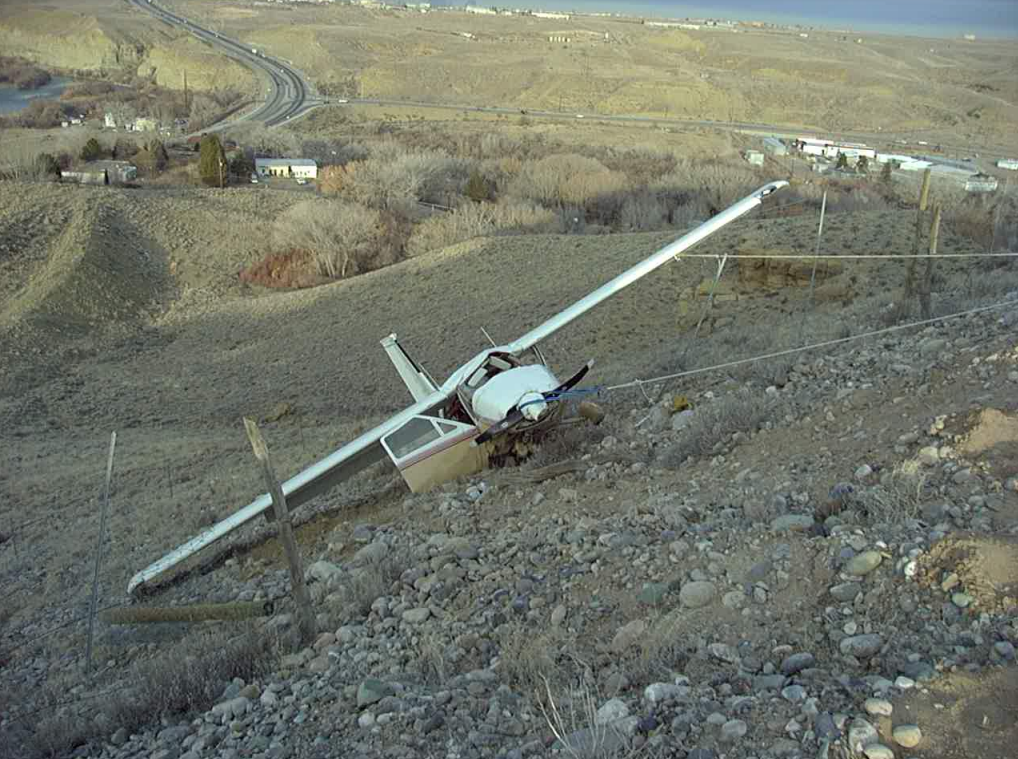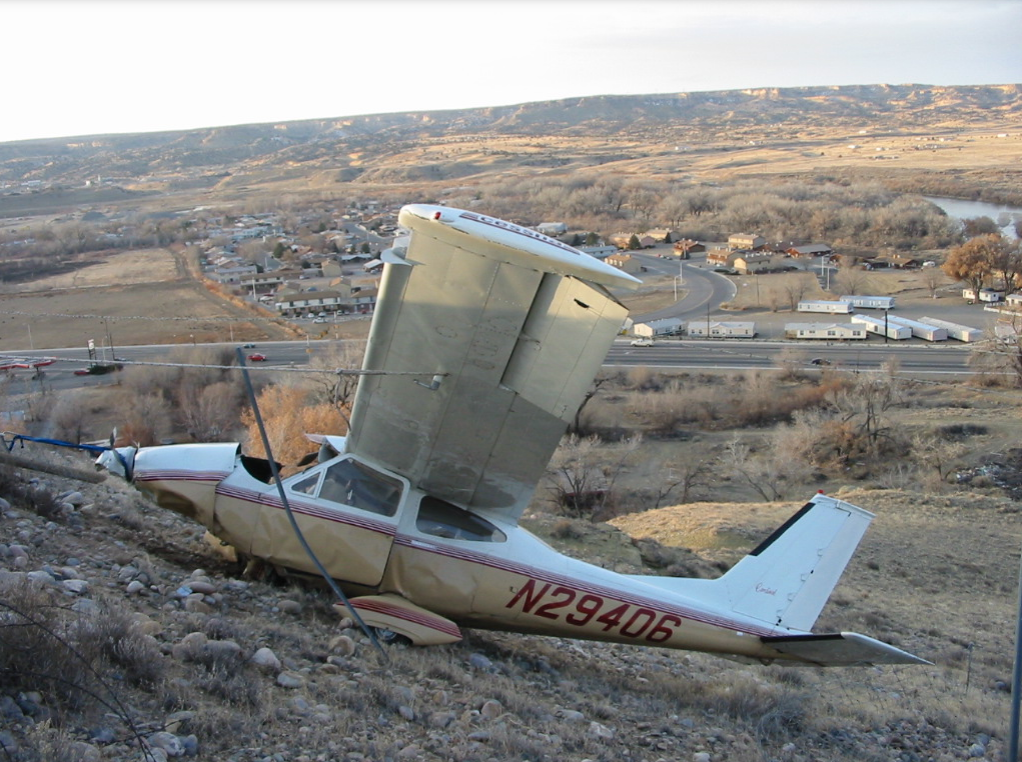
ASN Wikibase Occurrence # 45651
This information is added by users of ASN. Neither ASN nor the Flight Safety Foundation are responsible for the completeness or correctness of this information.
If you feel this information is incomplete or incorrect, you can submit corrected information.
| Date: | Tuesday 22 January 2002 |
| Time: | 10:10 |
| Type: |  Cessna 177 Cardinal |
| Owner/operator: | Kevin L. Phillips |
| Registration: | N29406 |
| MSN: | 17700866 |
| Total airframe hrs: | 2185 hours |
| Engine model: | Lycoming O-320-E2D |
| Fatalities: | Fatalities: 1 / Occupants: 2 |
| Aircraft damage: | Substantial |
| Category: | Accident |
| Location: | Farmington, NM -
 United States of America United States of America
|
| Phase: | Approach |
| Nature: | Executive |
| Departure airport: | Amarillo-Tradewind Airport, TX (TDW/KTDW) |
| Farmington Municipal Airport, NM (FMN/KFMN) | |
| Investigating agency: | NTSB |
| Confidence Rating: |
On January 22, 2002, at 1010 mountain standard time, a Cessna 177 single-engine airplane, N29406, was substantially damaged when it impacted terrain following a loss of engine power while in the traffic pattern at the Farmington Four Corners Regional Airport, Farmington, New Mexico. The airplane was co-owned by the pilot and another individual and was being operated by the pilot. The private pilot sustained serious injuries, and the passenger sustained fatal injuries. Visual meteorological conditions prevailed, and a visual flight rules (VFR) flight plan was filed for the 14 Code of Federal Regulations Part 91 business flight. The cross-country flight originated from the Tradewind Airport, Amarillo, Texas, at 0515 mountain standard time, and was destined for Farmington.
The private pilot planned a 3-hour and 45-minute cross-country flight, and estimated that the single-engine airplane had 5.0 hours of fuel on board. The Hobbs meter in the aircraft indicated that the accident flight lasted 4.9 hours. The airplane was in the traffic pattern at the destination airport when the pilot reported that he had lost engine power. Witnesses reported observing the airplane on final approach and noticed not hearing any engine noise. The airplane impacted a 30-degree slope approximately 30 feet below the top of the mesa. The airport was located on and approximately 1,000 feet short of the runway threshold. A post-accident examination of the airplane revealed no evidence of usable fuel. No other anomalies were noted during the examination of the airframe or engine. The pilot was unable to recall the final 10 minutes of the flight.
Probable Cause: The pilot's inadequate in-flight planning decision which resulted in fuel exhaustion while in the traffic pattern at the destination airport.
Accident investigation:
 |
|
Sources:
NTSB: https://www.ntsb.gov/_layouts/ntsb.aviation/brief.aspx?ev_id=20020128X00140&key=1
Location
Images:



Revision history:
| Date/time | Contributor | Updates |
|---|---|---|
| 28-Oct-2008 00:45 | ASN archive | Added |
| 21-Dec-2016 19:24 | ASN Update Bot | Updated [Time, Damage, Category, Investigating agency] |
| 09-Dec-2017 15:22 | ASN Update Bot | Updated [Source, Narrative] |
| 29-Jul-2023 00:33 | Captain Adam | Updated [[Source, Narrative]] |
Corrections or additions? ... Edit this accident description
The Aviation Safety Network is an exclusive service provided by:


 ©2024 Flight Safety Foundation
©2024 Flight Safety Foundation